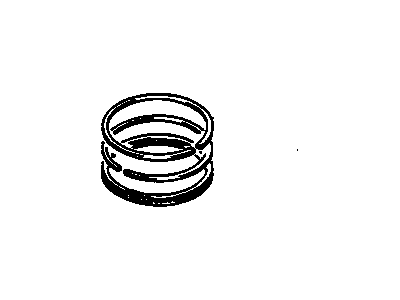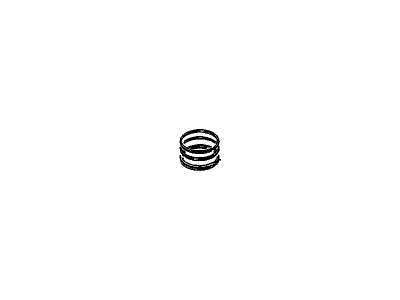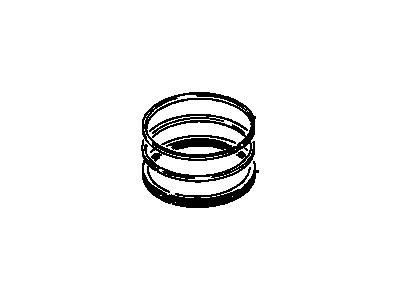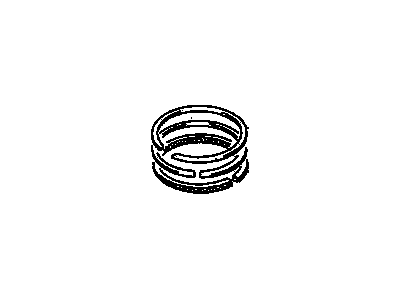
My Garage
My Account
Cart
Genuine Chevrolet Metro Piston Ring
Piston Ring Set- Select Vehicle by Model
- Select Vehicle by VIN
Select Vehicle by Model
orMake
Model
Year
Select Vehicle by VIN
For the most accurate results, select vehicle by your VIN (Vehicle Identification Number).
8 Piston Rings found
Chevrolet Metro Piston Ring
The Piston Ring in Chevrolet Metro automobiles performs several critical tasks, it forms a seal between the cylinder head and the cylinder block with the primary purpose of preventing the leakage of gases which is an essential component when meters the engines power output, controls the flow of heat, and equally has the duty of rationing the intake of oil. These metallic garter rings which are usually of cast iron or steel facilitate minimum friction between them and helps in acquiring good seal which is essential for better engine performance and durability. Chevrolet Metro has applied different types of Piston Rings in their car production throughout the years like thin Piston Rings designed to cut down the friction and increase the sealing efficiency. Further development has alternative coatings such as the plasma-moly and chrome, which are used to improve the tools' durability and working capacity. The basic design comprises of two compression rings and one oil control ring per piston to help in the smooth running of the engine and control of oil. More so, the Piston Ring is a crucial component that is mostly required for the Chevrolet Metro vehicles to have improved performance as well as durability.
Each OEM Chevrolet Metro Piston Ring we offer is competitively priced and comes with the assurance of the manufacturer's warranty for the part. Furthermore, we guarantee the speedy delivery of your orders right to your doorstep. Our hassle-free return policy is also in place for your peace of mind.
Chevrolet Metro Piston Ring Parts Questions & Experts Answers
- Q: How should the piston ring end gaps be checked and corrected before installation on Chevrolet Metro?A:Before installing the new Piston rings, the ring end gaps must be checked, assuming the piston ring side clearance has been verified correct. Lay out the piston/connecting rod assemblies and the new ring sets to match them with the same piston and cylinder during the end gap measurement and engine assembly. Insert the top ring into the first cylinder, ensuring it is square with the cylinder walls by pushing it in with the top of the piston, positioning it near the bottom of the cylinder. To measure the end gap, slip feeler gauges between the ends of the ring until a gauge equal to the gap width is found, ensuring the feeler gauge slides with slight drag. Compare the measurement to the specifications; if the gap is incorrect, double-check the rings. If the gap is too small, it must be enlarged to prevent the ring ends from contacting each other during operation, which can cause serious engine damage. This can be done by carefully filing the ring ends from the outside in. Excess end gap isn't critical unless it exceeds 0.040-inch, so ensure the correct rings are used. Repeat the procedure for each ring in the first cylinder and the remaining cylinders, keeping rings, pistons, and cylinders matched. Once the ring end gaps have been checked and corrected, install the rings on the pistons, starting with the oil control ring, which consists of three components. Slip the spacer/expander into the groove, ensuring any anti-rotation tang is inserted into the drilled hole. Install the lower side rail without using a piston ring installation tool to avoid damage, and then install the upper side rail similarly. After installing the three oil ring components, check that both side rails can turn smoothly in the groove. Next, install the middle ring, ensuring the identification mark faces up, and use a piston ring installation tool to slip it into the middle groove. Finally, install the top ring in the same manner, ensuring the mark is facing up, and repeat the procedure for the remaining pistons and rings.













